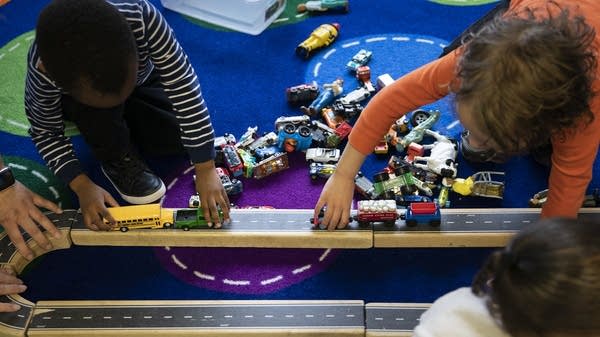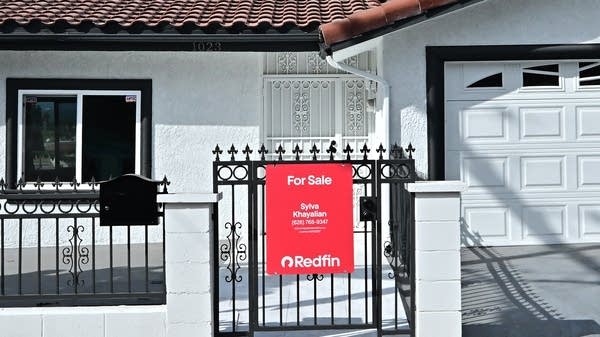The consumer economy, documented in consumers' stories
The economy is entering its second period of major change in less than a decade. We’re following a group of consumers to see how they navigate it.

I’ve been at Marketplace for over five years now. When I think about the reporting I’ve done on how people feel about the economy, I often return to a piece I did a couple of years ago. The topic was how the pandemic changed the way consumers think about money.
One person told me the isolation of the pandemic hit him so hard, he spent more on vacations and hobbies to feel more connected to the world. Another pointed out that many people who died during the pandemic had been saving money, and they never got to spend it.
“The fact that we’re getting closer to death every day — what am I saving for?” another said.
These memories are not very fun. And sometimes, it feels like we’ve filed those pandemic years away in some box. We’ve forgotten how they turned our world — and our economy — upside down.
“What happened to the economy in response to the pandemic is going to live with us for generations,” said Wendy Edelberg, a senior fellow at the Brookings Institution. “I don’t think we can overestimate how big of a deal this was, and will be, for decades to come.”
It’s important to try and figure out how consumers have changed because they are a soft economic indicator that can tell us where the economy is headed. They also have a big economic impact. Consumer spending on goods and services makes up nearly 70% of gross domestic product.
But for the last several years, consumers haven’t followed historical patterns. The consumer spending that happened after businesses reopened wasn’t spurred simply by pent-up demand, the inflation that followed wasn’t transitory and so far, the Federal Reserve has managed to tackle inflation without tanking the economy.
“It feels a little bit like right now we’ve thrown all the data up in the air, like a deck of cards, and I’m seeing where each individual card has landed on the table and it’s super-confusing,” Edelberg said about the economy’s direction. “Everything, everything is up for grabs.”
This gets at something that’s been nagging me for years: Perhaps data can only get us so far.
Take consumer confidence surveys. For years, they’ve shown that people are feeling grumpy about the economy, despite rising wages and a strong labor market.
“I think that they were answering those questions reflecting anxiety on a million different fronts. And I think expecting people to parse out all of those different feelings they had when they answered surveys was just an unreasonable expectation,” said Edelberg. “And I think it just means that we weren’t learning a ton.”
So, I’m on a mission to learn in a less data-driven way. Over the next several months or so, I’ll check in with different types of consumers to keep tabs on how they see the economy. I think you’ll hear a bit of yourself in some of their stories and also learn about people whose financial situations are very different from yours.
Because we are in the midst of another period of dynamic change. The Donald Trump administration’s volatile tariff policy and major cuts in programs are overhauling the economy. The stock market is seeing wild swings. Economists have upped the odds of a recession.
One way to understand how all of this plays out is by zooming in on consumers. Instead of collecting data, we’ll collect stories. Because with so much happening right now, I think it’s time for an experiment. Let’s document the consumer economy a bit differently this time around.
You can find all of Kristin Schwab’s stories in the “Lived Economies” series here.













